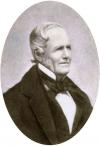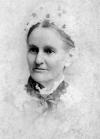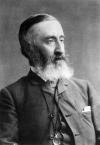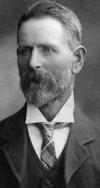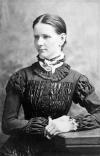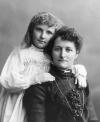Shep's Place Family Tree
Personal Facts and Details
|
| |||||||||||||||||||||||||||||||||||||||||||||||||||||||||||||||||||||||||||||||||||||||||
Notes
|
|
Sources
|
|
 |
Family with Parents |
| Father |
|
|
6 years Mother |
|
|
| Marriage: 12 November 1817 -- Hythe, Kent, England | ||
 2 months 2 months#1 Brother |
|
|
1 year #2 Brother |
|
|
2 years #3 Brother |
|
|
1 year #4 Sister |
|
|
2 years #5 Sister |
|
|
3 years #6  |
|
|
15 months #7 Brother |
|
|
2 years #8 Brother |
|
|
1 year #9 Sister |
|
|
2 years #10 Sister |
|
|
3 years #11 Sister |
|
|
 5 months 5 months#12 Sister |
|
|
3 years #13 Brother |
|
|
2 years #14 Sister |
|
 |
Family with Allen WILSON |
| Husband |
|
|
6 years  |
|
|
| Marriage: 15 February 1843 -- Ludlow House, Gumeracha, South Australia, Australia | ||
9 months #1 Daughter |
|
|
15 months #2 Son |
|
|
16 months #3 Daughter |
|
|
15 months #4 Son |
|
|
2 years #5 Son |
|
|
15 months #6 Son |
|
|
19 months #7 Son |
|
|
2 years #8 Daughter |
|
|
2 years #9 Son |
|
|
16 months #10 Son |
|
|
16 months #11 Son |
|
|
19 months #12 Son |
|
|
13 months #13 Son |
|
|
2 years #14 Daughter |
|
|
2 years #15 Daughter |
|




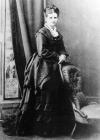

 36
36

